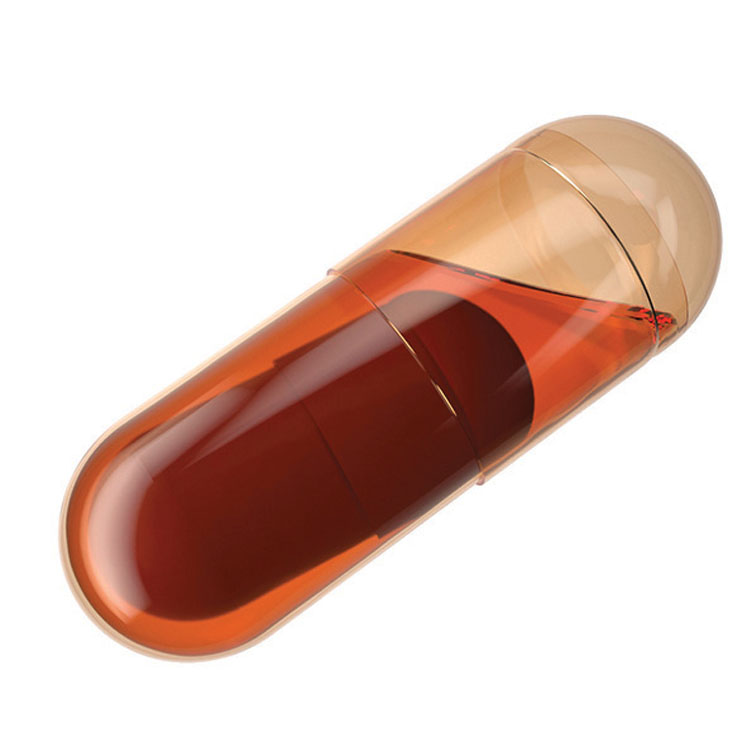The sports nutrition segment, for instance, is one of the fastest growing markets in Asia, with an expected growth of 13% between 2018 and 2023 as rising numbers of individuals seek solutions to support living well. In addition, in light of ageing populations in parts of Asia, the healthy ageing trend has also gained momentum.
In Japan, for example, the bone and joint health supplement market is the third largest category … and growing. This rapidly evolving landscape has driven increased demand for targeted, efficacious dietary supplements. As a result, there are new opportunities for supplement manufacturers in this region to develop unique ingredients and solutions that meet the needs of increasingly discerning consumers from cradle to grave.
Booming markets
The rise of fitness influencers on social media platforms and engagement with international sports events such as the upcoming Olympics events in Tokyo, and in Beijing, have helped to fuel the growing interest in Asia-Pacific in staying active and mobiles. In addition, as many people’s disposable income has progressively increased, the middle-class has grown in number.
The values of these middle-class consumers in countries such as China have shifted towards achieving a better quality of life through the food they consume and the health-focused products they purchase.
Healthier citizens inherently lead longer lives, and this in turn can lead to whole populations ageing. In Japan, for instance, estimates suggest that senior consumers, aged 65 and older, account for approximately 35 million people. This represented 30% of the overall population in 2017.1
For this demographic, being healthy and remaining independent later in life is increasingly important for individual well-being as well as to reduce healthcare costs. A growing number of government organisations have also launched public health campaigns to help citizens age well and live longer, healthier lives.
For example, Japan’s Locomo Challenge is designed to encourage senior consumers to remain active and eat a balanced diet to improve overall health. Plus, with older consumers in this region being more engaged with maintaining their health and well-being than ever before, supplement manufacturers in Asia are ideally positioned to support their needs and further drive the growth of the healthy ageing market.
Answering to new consumer needs
As well as healthy ageing, sports nutrition products are increasingly popular in Asia. This has also been driven in part by government investment and initiatives to improve fitness levels and sports participation, such as the National Fitness Plan in China.
This plan sets ambitious targets to introduce a new national consciousness of health and fitness, for example by encouraging its citizens to incorporate regular physical exercise by 2020. The increasing adoption of healthier and more active lifestyles has led to a growing demand for fortified foods, beverages and dietary supplements that deliver nutritional support.

Both active consumers and sports enthusiasts are seeking solutions to achieve optimum results before, during and after exercise. L-Carnitine, for instance, is a naturally occurring nutrient produced by the body and is thought to play a vital role in transporting long-chain fatty acids across the mitochondrial membrane, resulting in the breakdown of fat and energy generation.
Lonza’s Carnipure L-carnitine ingredient, a special grade of L-carnitine, provides science-backed benefits ranging from increasing blood flow, reducing markers of metabolic stress, decreasing muscle soreness and improving recovery time.2,3
Higher physical activity levels combined with ageing populations have also resulted in the growing interest in joint health in active individuals in Asia as they seek solutions to support their mobility. Maintaining joint health is an important part of supporting mobility throughout life, particularly as the body’s ability to produce collagen slows as we age.
Ingredients such as Lonza’s UC-II undenatured type II collagen have been proposed to maintain collagen structure for significant and long-term joint health.
A market-leading ingredient in the US that’s clinically studied to support joint comfort, flexibility and mobility, the UC-II brand has a unique mechanism of action that functions by triggering the immune system to target the body’s natural process of rebuilding and repairing cartilage.
Indeed, a randomised, double-blind, placebo-controlled study found that a small, daily dose of 40 mg of UC-II undenatured type II collagen could support joint health and flexibility in healthy subjects, therefore supporting consumers to maintain joint health and mobility for longer.4
Innovative dosage forms
Choosing the most appropriate delivery system is also crucial, not only to support the optimal delivery of innovative ingredients, but also to optimise the consumer experience. Capsules remain the preferred dosage form for consumers as they can hold a wide range of ingredients, from powders and liquids to semisolids.

Lonza’s Licaps liquid-filled capsules, for example, can be used to deliver liquid ingredients, which are becoming more popular with consumers owing to the fast absorption rate and increased bioavailability of ingredients when in this form. Capsules also help manufacturers who are looking to mask the taste or odour of ingredients, making seemingly unpalatable ingredients more acceptable to consumers.
In addition, novel dosage form solutions can help manufacturers to innovate in the supplements industry and increase the options available to consumers. For instance, Lonza’s DUOCAP capsule-in-capsule delivery technology can enable supplement manufacturers to combine new or traditionally incompatible ingredients in a single dosage form to create unique formulations.
Take Lonza’s UC-II undenatured type II collagen as an example; this innovative ingredient can be delivered with other key ingredients, such as vitamin C, via the DUOCAP technology for additional joint health benefits. Other innovative dosage form solutions including liquid multiparticulate (LMP) technology and beadlets enable the formulation of products with sustained release profiles to extend ingredient performance with time.
Clean-label capabilities
Once a trend primarily in the global food and drink industry, the clean label movement is now also having an impact on the dietary supplements market in Asia. More and more consumers — in particular in China — are looking to purchase finished products that are ethically sourced and environmentally friendly, with consumers becoming increasingly concerned with what is in their food and how it’s produced.
This has driven the growth of clean label dosage formats, such as Lonza’s Vcaps Plus vegetarian capsules, which consist of hypromellose and water only. Solutions such as these enable manufacturers to develop innovative supplements products with a clean label positioning.
High-performance solutions
In recent decades, the dietary supplements market in Asia has rapidly grown and evolved, largely as a consequence of lifestyle changes among consumers and an increasingly ageing population in some Asian countries. To meet consumer needs and to stand out in a competitive landscape, especially within prominent segments such as the sports nutrition and healthy ageing markets, manufacturers need to innovate via both ingredients and dosage forms.
The ever-expanding range of innovative ingredients, dosage forms and delivery solutions now available, including those in Lonza’s portfolio, can help manufacturers in Asia to rise to this challenge and meet the needs of increasingly discerning consumers.
References
- www8.cao.go.jp/kourei/english/annualreport/2018/pdf/c1-1.pdf.
- J.S. Volek, et al., “L-Carnitine L-Tartrate Supplementation Favorably Affects Markers of Recovery from Exercise Stress,” Am. J. Physiol. Endocrinol. Metab. 282, 474–482 (2002).
- J.S. Volek, et al., “Effects of Carnitine Supplementation on Flow-Mediated Dilation and Vascular Inflammatory Responses to a High-Fat Meal in Healthy Young Adults,” Am. J. Cardiol. 102, 1413–1417 (2008).
- J.P. Lugo, et al., “Undenatured Type II Collagen (UC-II) for Joint Support: A Randomized, Double-Blind, Placebo-Controlled Study in Healthy Volunteers,” J. Int. Soc. Sports Nutr. 10, 48 (2013).
